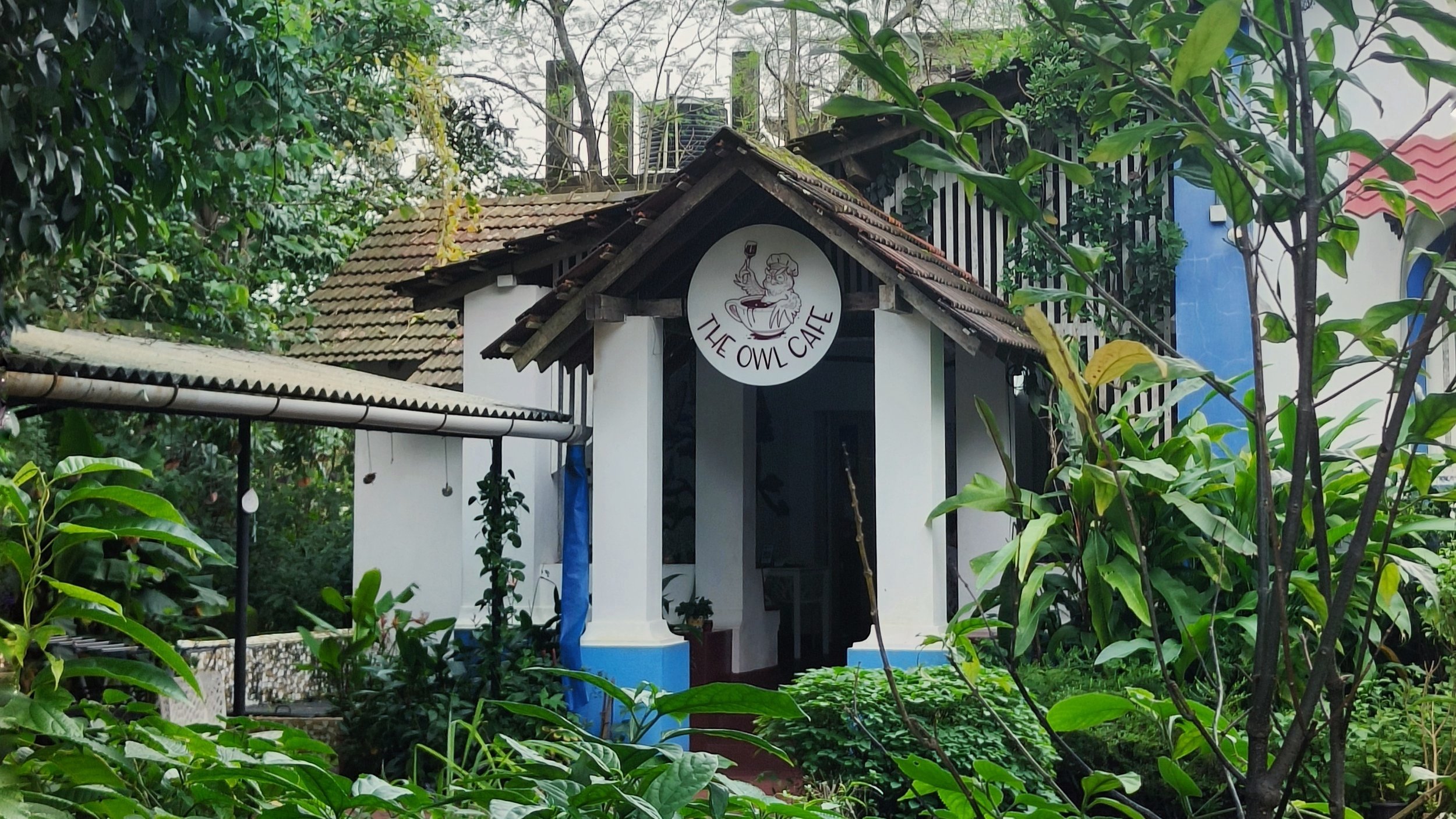PC: Parnavi Bangar
The owl house cafe close to our Toybox Villa, available for sale now, has become a favourite spot for our office meet-ups and onsite lunches. Of all the cafes in Goa, this is special. It is the perfect spot for a calming afternoon after a busy day on site. The peaceful atmosphere of simple living, roof detailing and vibrant wall art & paintings feel refreshing.
What truly makes The Owl House Café special is that they give opportunities to individuals with neurological conditions, offering them a supportive environment. They also host courses, therapies, and training sessions for similar individuals.
They have a lovely souvenir shop at the back with handmade goods from bookmarks to jewellery. All made by differently able, giving them a platform with a supportive environment.
Owl House Cafe is the combination of great food, peaceful surroundings, and a heartwarming purpose. Here’s a glimpse of our recent office meetup there! If you're in Goa or you're living in Goa, this is our recommendation to enjoy the slow living life in Goa.
Read more such blogs




































